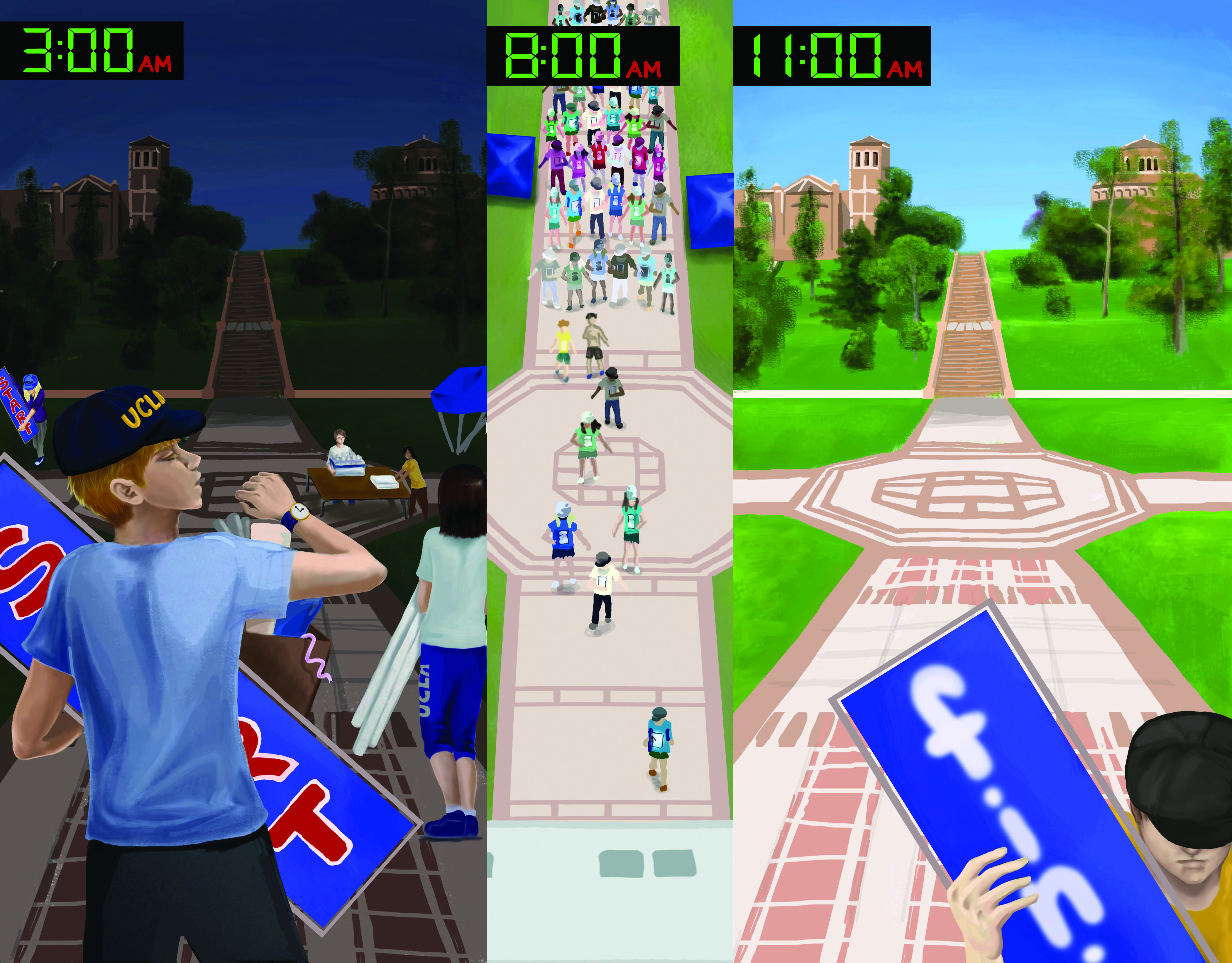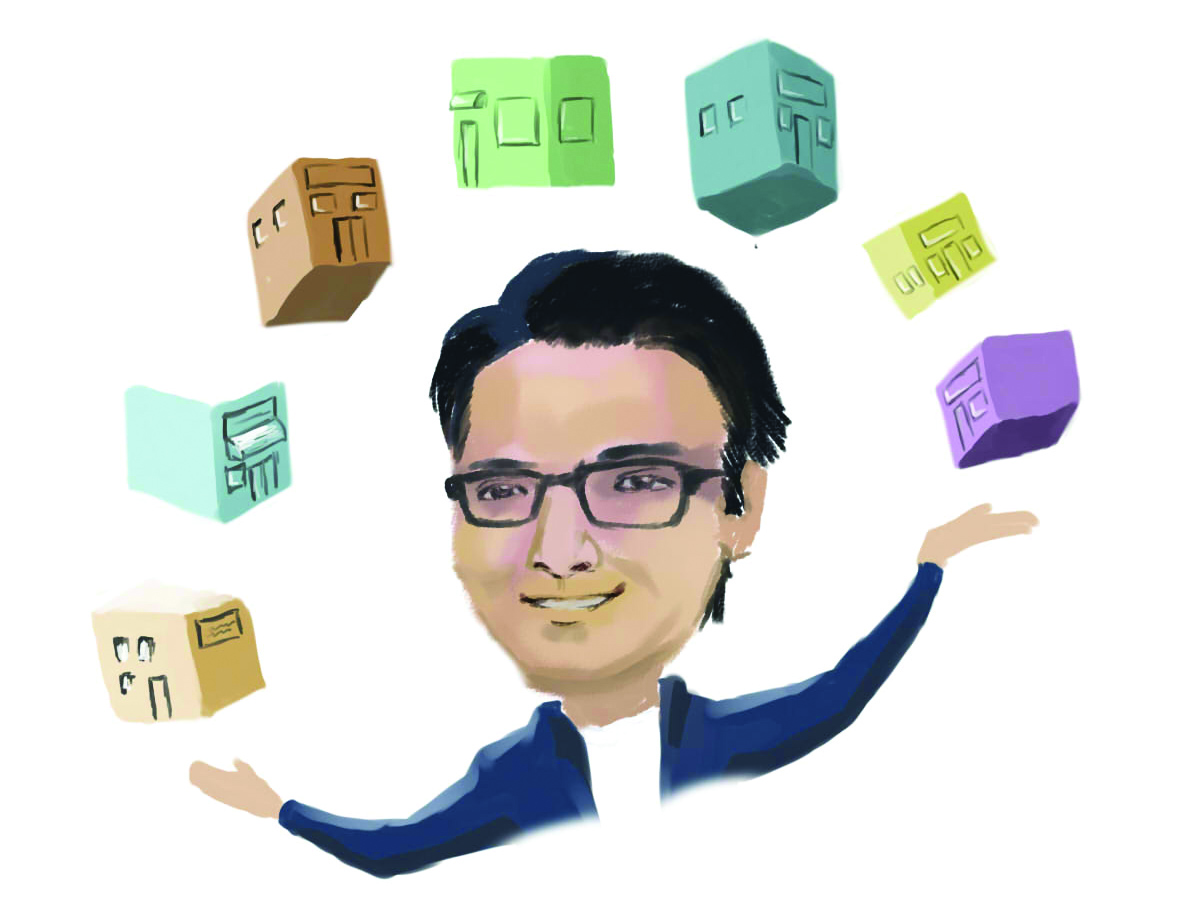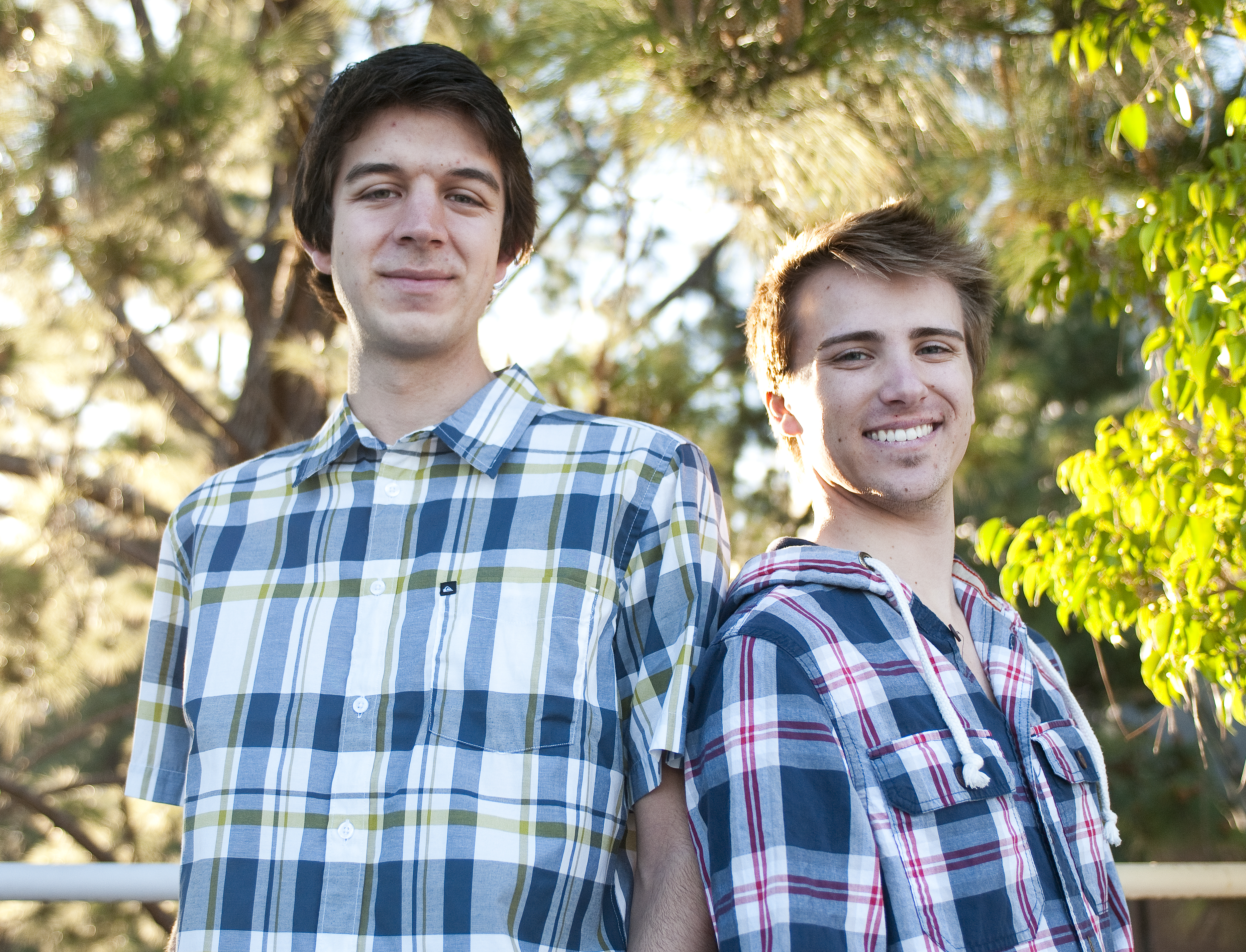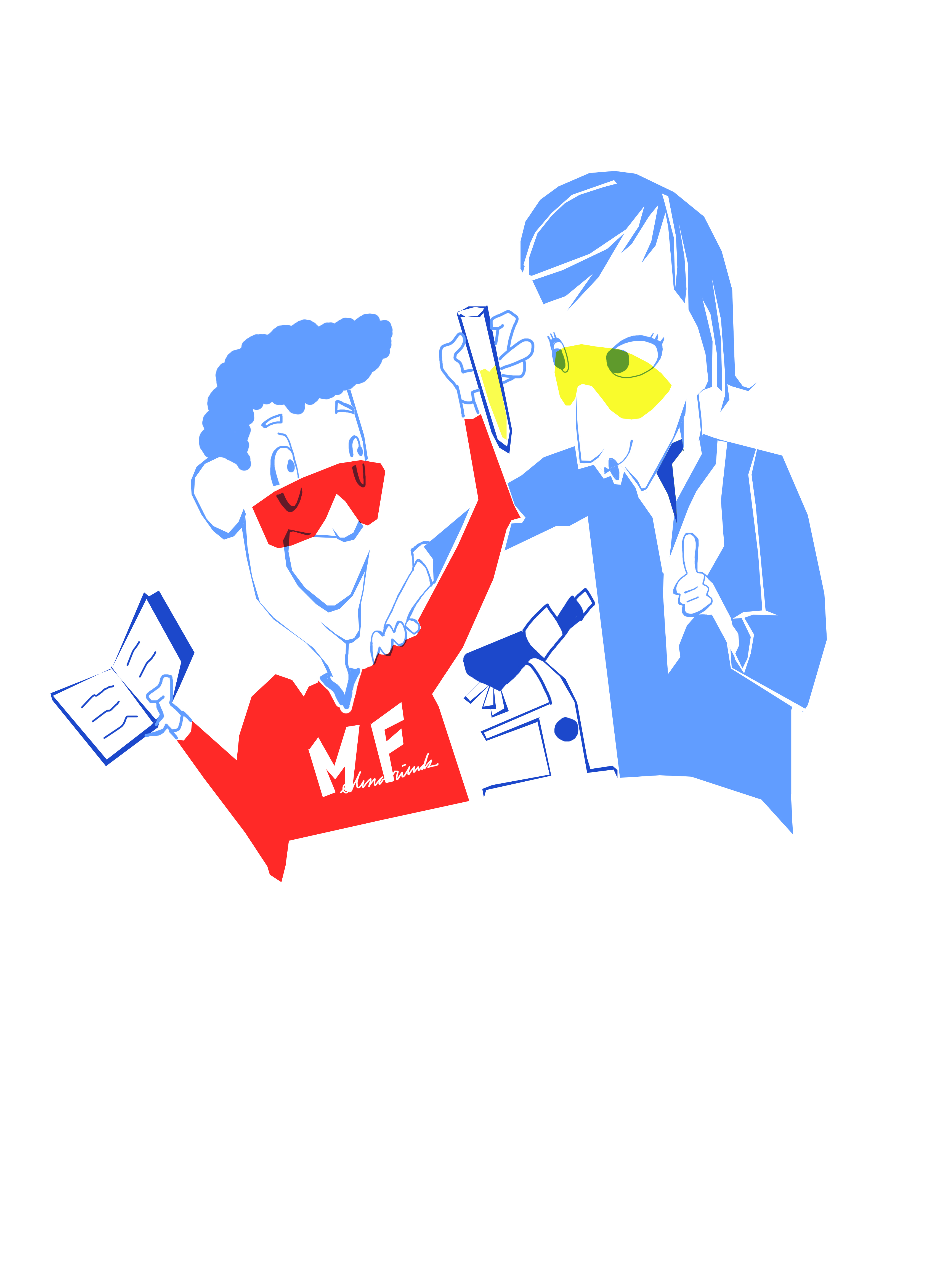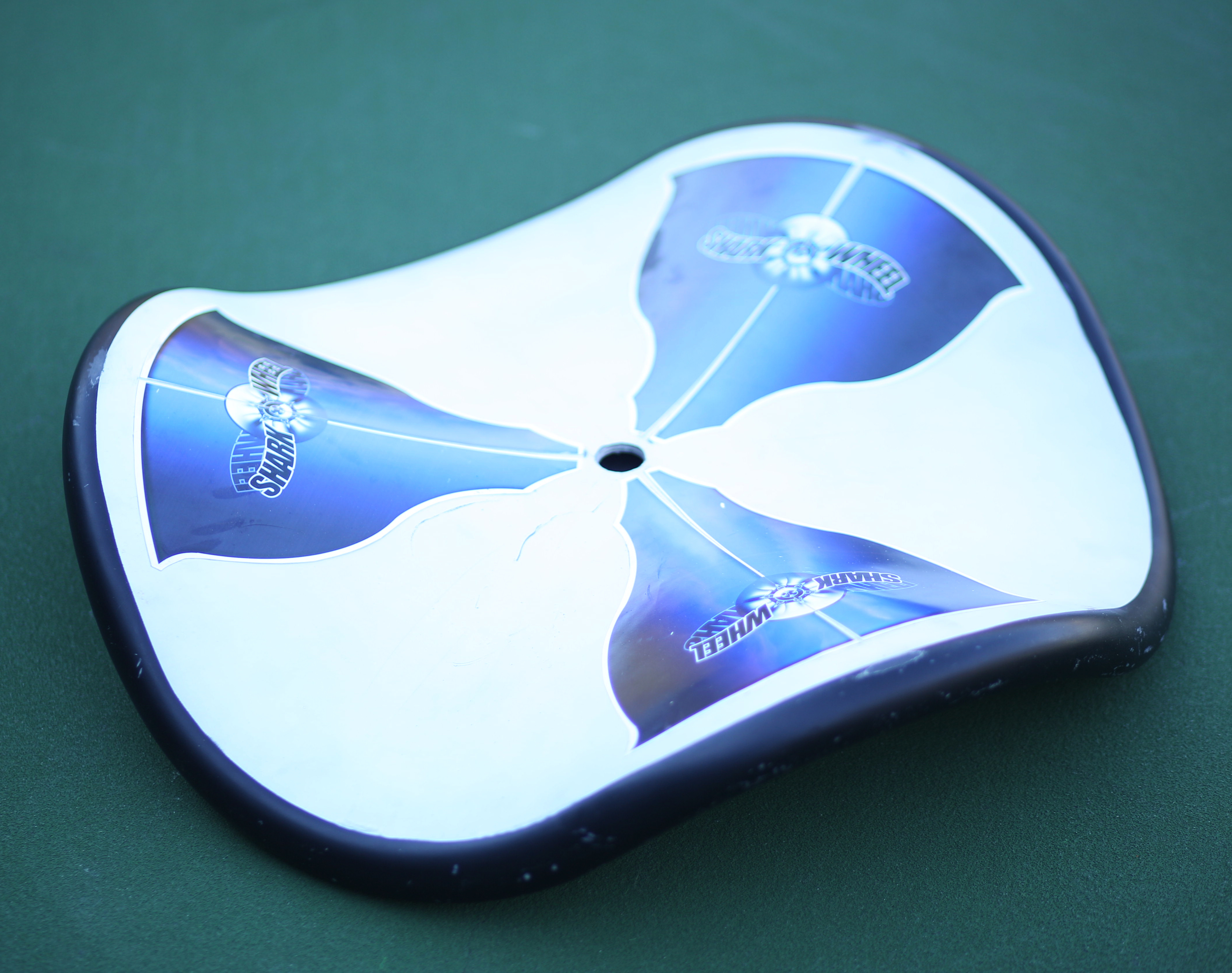Campus
June 24, 2013 12:00 a.m.Bruins teach children about healthy living in Venice
The red dye trickled slowly through the cotton-filled test tube like blood traveling through clogged arteries.
Joseph Esdin remembered comparing the sluggishly moving dye to its quickly advancing analogue in an empty test tube during the early days of a community service club he founded as a UCLA undergraduate student.
By Chandini Soni
News
May 15, 2013 1:21 a.m.UCLA Laboratory of Neuro Imaging relocates to USC
The Laboratory of Neuro Imaging, one of more than 100 neuroscience labs on campus, analyzes brain scans collected from around the world to create maps of what brains should look like in different phases of a person’s life as well as those for patients with neurological diseases.
By Chandini Soni
News
May 7, 2013 1:46 a.m.Cotsen Institute hosts 40th anniversary events
The original version of this article contained multiple errors and has been changed. See the bottom of the article for additional information.
Compared to the 24-century-old violin-shaped figurine a UCLA archaeologist excavated from the Early Bronze Age, 40 years seems like a paltry number.
By Vishaka Sriniwasan and Chandini Soni
News
April 11, 2013 1:26 a.m.UCLA in place to have a vital role in the White House’s BRAIN Initiative
The original credit accompanying the illustration contained an error and has been changed. See the bottom of the article for additional information.
Imagine the firings of the brain as a view out the window of a plane flying over Los Angeles.
By Chandini Soni
News
Jan. 14, 2013 2:05 a.m.Former Bruin releases innovative wheel
To pursue his dream of playing professional tennis, Zack Fleishman dropped out of UCLA nearly 14 years ago. His career as a professional tennis player ended in 2008, after he flew over the handlebars of his mountain bike and dislocated his shoulder, damage that required two major surgeries and six screws to fix.
By Chandini Soni
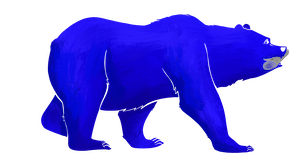
searching for more articles...



